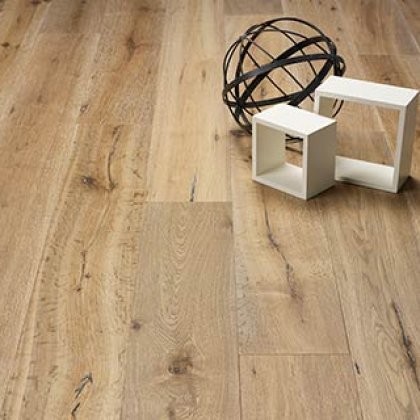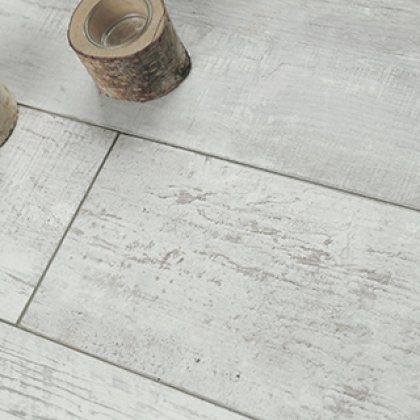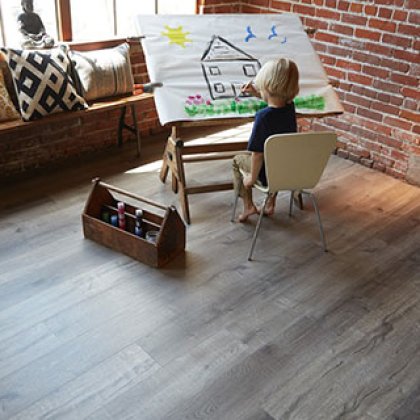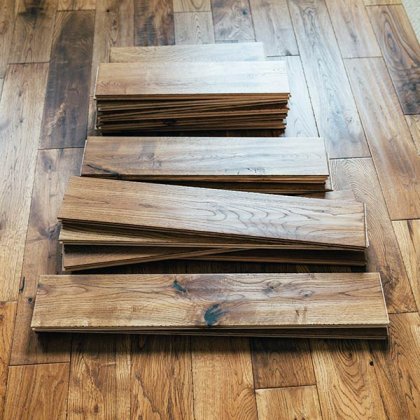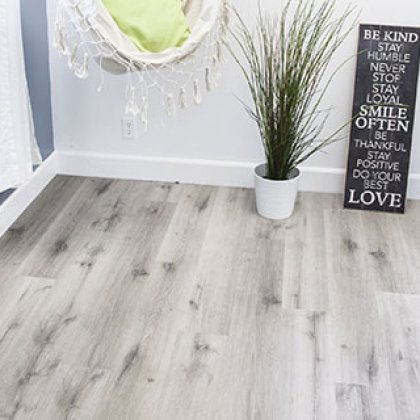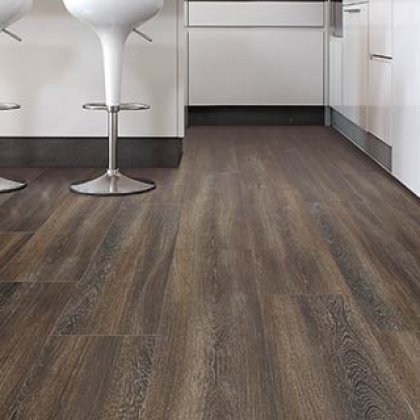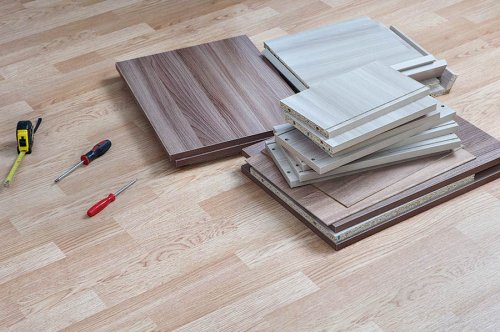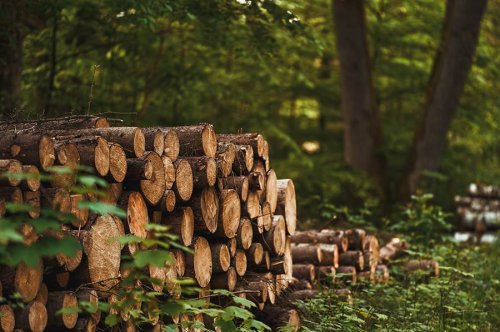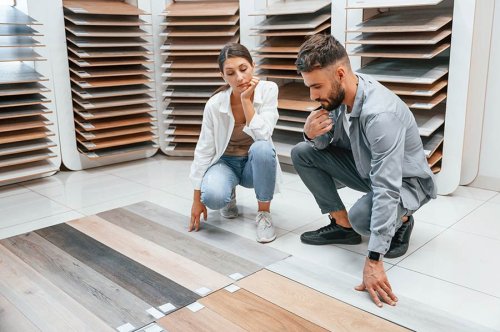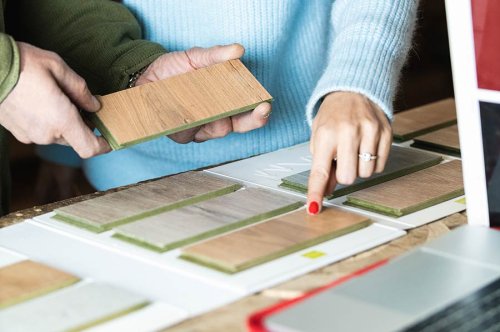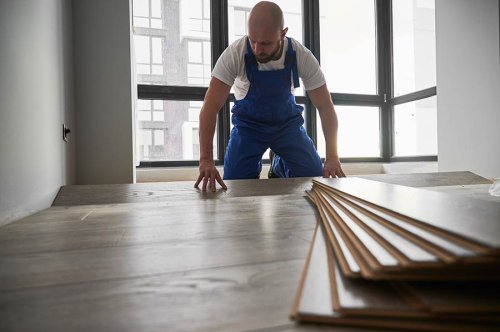Revive Your Hardwood Floors: Pro Refinishing Tips
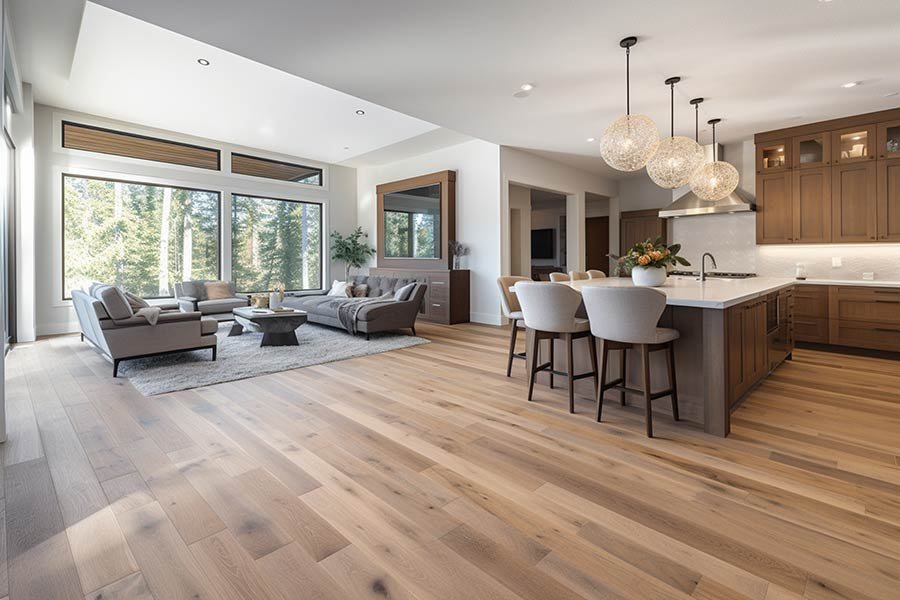
Refinishing hardwood floors is an art that has evolved over centuries. From the simple sanding and waxing of the past to today's advanced techniques, the journey of preserving the elegance of wood floors has been remarkable. This guide dives into modern hardwood floor refinishing techniques, shedding light on how they can breathe new life into your home. Whether you're a DIY enthusiast or planning to hire professionals, understanding these methods will ensure your floors get the best treatment possible, combining tradition with innovation for stunning results.
Key Takeaways
- Refinishing hardwood floors is a valuable investment that can enhance the beauty and longevity of your home's flooring.
- Understanding what refinishing involves helps homeowners prepare for the process, whether it's a DIY project or done by professionals.
- DIY refinishing can be a cost-effective option for those willing to invest time and effort, but it requires careful planning and execution.
- Hiring a professional contractor ensures high-quality results and can save time, though it's important to choose someone with experience and good reviews.
- There are various types of finishes available for hardwood floors, each with its own set of benefits, so consider your lifestyle and floor traffic when choosing.
- No matter the approach, refinishing your hardwood floors can significantly improve the look of your home and protect your investment for years to come.
Is Refinishing Hardwood Worth It
Save Money
Refinishing hardwood floors costs less than replacing them. You don't need to buy new wood. This saves a lot of money.
Refinishing uses the wood you already have. It makes old floors look new without the high cost.
Increase Value
Refinished floors make your home worth more. They look good and attract buyers. This is great if you plan to sell your home.
They also make your home stand out. Beautiful floors give your house a special touch. People notice and like this.
Restore Beauty
Refinishing brings back the floor's original shine. It looks as good as when it was new. This process can remove scratches and marks.
It also protects the wood. Your floors will last longer. This means you won't have to replace them soon.
What Refinishing Hardwood Involves
Sanding Down
Refinishing starts with sanding down the old finish. This step is crucial. It removes scratches and stains. Workers use special machines for this job. They make the floor smooth.
Next, they clean up. They remove all dust from sanding. This makes the floor ready for the next steps.
Staining Options
After sanding, comes staining. Some people choose to apply a stain. This changes the color of the wood. Others prefer to keep the wood's natural look. Both choices have unique beauty.
Stains come in many colors. You can pick one that matches your home. The right stain can transform a room.
Sealing Top Coat
The last step is sealing with a protective top coat. This layer protects the wood. It keeps the floor looking nice for years.
There are different types of sealers. Each one has its own benefits. The choice depends on your needs and the type of wood.
DIY Hardwood Floor Refinishing
Sanding Equipment
Renting or buying sanding equipment is a must for DIY hardwood floor refinishing. You can find these tools at local hardware stores. They help remove the old finish smoothly.
Make sure to choose the right sandpaper grit. Start with a coarser grit and move to a finer one. This makes the floor ready for a new coat.
Safety Precautions
Always follow safety precautions. Wear a mask and goggles to protect your lungs and eyes from dust. Keep the room well-ventilated to avoid breathing in harmful particles.
It's important to read the manual of the sanding equipment before starting. Knowing how to use it reduces risks.
Drying Time
Allow ample drying time between coats. This ensures the finish sets properly. It also avoids any unwanted marks or bubbles on your floor.
The drying time can vary based on the type of finish you use. Check the manufacturer's instructions for accurate times. Patience here is key for a smooth, lasting finish.
Hiring a Contractor for Refinishing
Quality Finish
Refinishing hardwood floors is not easy. It takes skill. A contractor knows how to do it right. They make sure the finish is smooth and looks good.
They use the best tools and materials. This means your floors will look new again. You won't see any mistakes or rough spots.
Save Time
Doing it yourself takes a lot of time. You might spend weekends working on it. But a contractor can do it faster. They have a team and the right equipment.
This saves you time. You can focus on other things while they work on your floors.
Expert Advice
Contractors know a lot about floors. They can help you choose the right finish. Some finishes are better for certain types of wood.
They also know how to fix problems. If your floor has damage, they can repair it before refinishing. This makes your floor stronger and last longer.
Types of Hardwood Floor Finishes
Oil-Based Poly
Oil-based polyurethane brings durability to hardwood floors. It creates a hard, protective layer. This finish lasts for years. It takes longer to dry, though. People often wait a day before walking on it.
They choose this for its long life. It also gives wood a warm, amber glow. But, it has a strong smell while drying.
Water-Based Poly
Water-based polyurethane dries quickly. You can walk on the floor in hours. It keeps the wood's natural color.
It's good for busy homes. It doesn't smell as strong as oil-based finishes. Yet, it might not last as long.
Wax Finish
Wax gives floors a classic look. It's been used for centuries. Wax sinks into the wood, protecting it from within.
It needs more upkeep than polyurethane. Floors must be waxed again over time. But, it feels soft underfoot.
After choosing a contractor, picking the right finish is key. Each type has its benefits. Think about your home's needs and style. Then, pick the best one for you.
Final Remarks
Refinishing your hardwood floors is a smart move. It adds beauty and value to your home, whether you tackle it yourself or hire a pro. We've covered the essentials—from the worth of refinishing, what it entails, DIY steps, hiring know-how, to choosing finishes. You're now armed with the knowledge to make informed decisions that suit your budget and lifestyle. Remember, a refreshed floor can transform your space entirely, making it feel new again.
hat's your next step? If you're leaning towards DIY, review the steps and gather your tools. If hiring a pro sounds more like your path, start getting those quotes. Either way, you're on your way to floors that look as good as new. Dive in and see the difference it makes in your home.
Frequently Asked Questions
Is refinishing hardwood floors worth the investment?
Refinishing hardwood floors significantly enhances their appearance and increases your home's value. It's a cost-effective way to rejuvenate your space without the need for a full replacement.
What does the process of refinishing hardwood floors involve?
The process includes sanding down the wood to remove the old finish, fixing any imperfections, and then applying a new coat of finish. It's thorough but transformative.
Can I refinish my hardwood floors myself?
Yes, DIY refinishing is possible with the right tools and knowledge. However, it requires time, effort, and attention to detail to achieve professional-looking results.
Should I hire a contractor to refinish my hardwood floors?
Hiring a contractor is advisable for guaranteed quality results, especially if you lack the time or expertise. Professionals have the experience and equipment to efficiently complete the job.
What are the different types of finishes for hardwood floors?
There are several finishes available, including water-based polyurethane, oil-based polyurethane, wax, and penetrating oil. Each offers distinct advantages in terms of durability, maintenance, and appearance.





